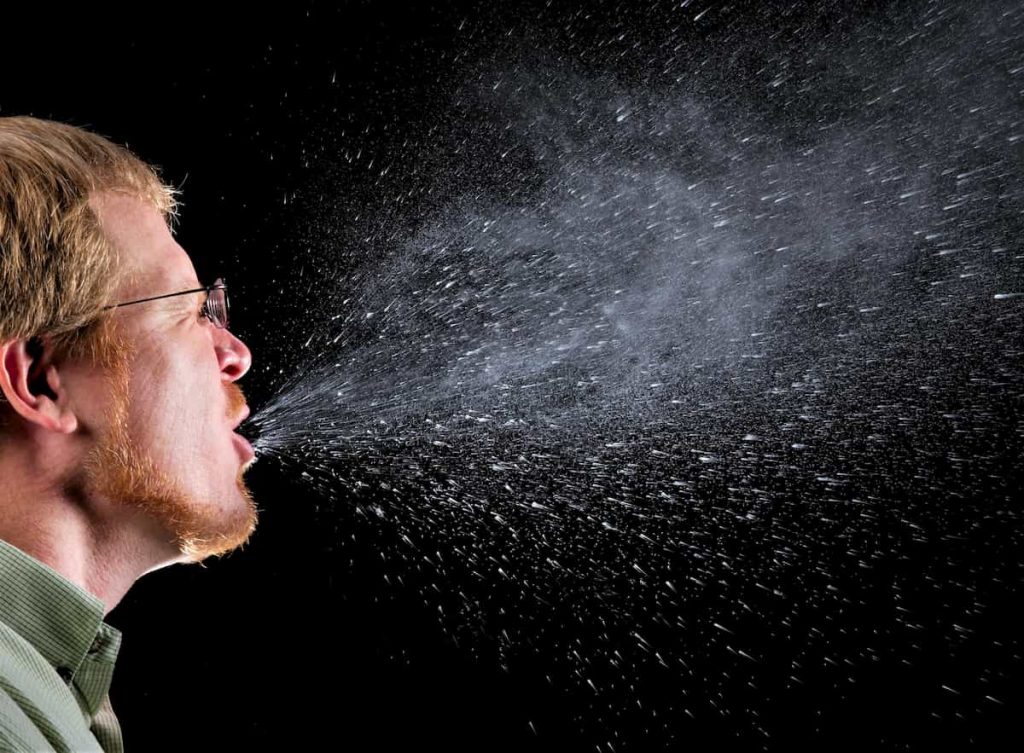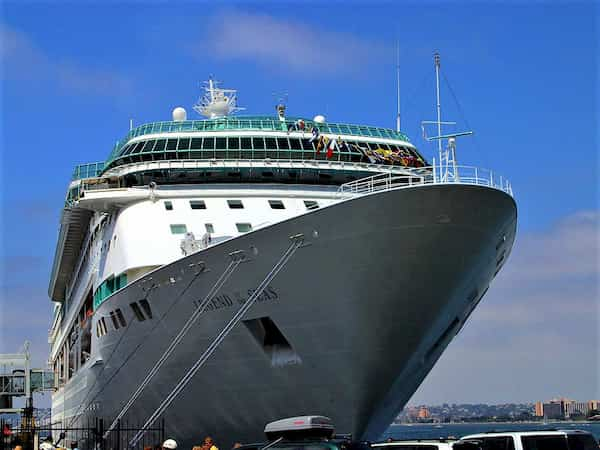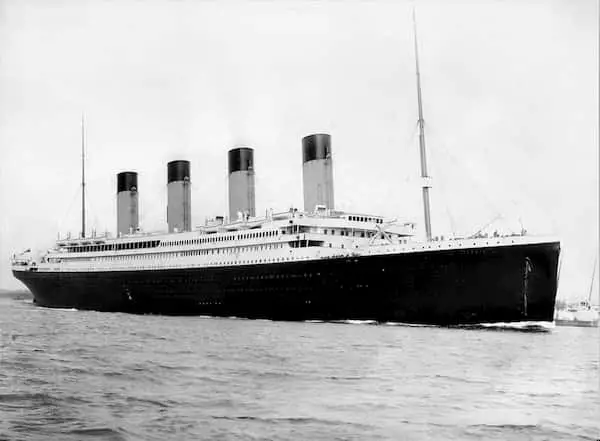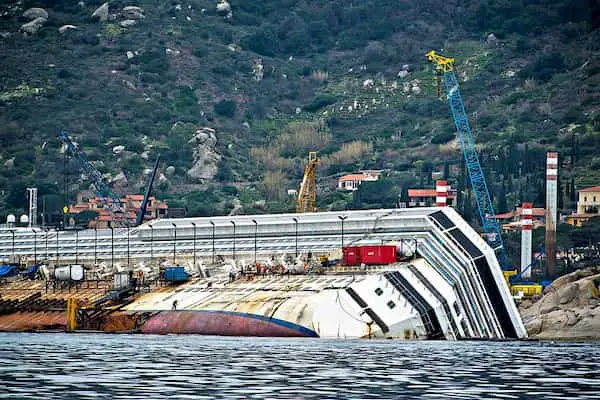Sinking in quicksand
Sinking in quicksand – Is it really as deadly a threat, as shown in the old b&w movies?
Quicksand – the hidden deathtrap
If you are as old as me, then you have probably seen it in the movies… The black and white movies about heroic adventurers heading into the jungle, fearless, and proud. There they had to fight the bad guys, the ferocious indigenous, the hostile environment made up of dangerous cliffs, rivers, and waterfalls, insects, and bigger man-eating animals. Last on that list, there was usually the quicksand.
We saw a character falling in, while the others stopped immediately. The one who was sinking in quicksand screamed and waved his arms, while the others shouted at him to not move. Then they tried to reach him with a branch, a rope, or even a snake. Sometimes they succeeded, while other times the person in the quicksand slowly, inch by inch was consumed by the deadly trap. Often we could see a stretched-out hand sinking down slowly into the mud. Sometimes leaving a piece of fabric, or a hat on the surface.
But what is the truth about all that?
What is quicksand and how does it form?
First of all, it’s not only sand. Any granular material can in theory form some sort of quicksand-ish substance. Most common is still quicksand made from sand, slit, or clay, mainly because that’s what you would find in nature.
Under normal conditions, rainwater or sea water will sink through the soil to the groundwater level. But sometimes, a pocket of water without drainage can form, or there can be streaming water under the surface, sideways, or upwards. In some cases, the material, usually sand or clay mixes with the water and creates a kind of porridge. On top, it will appear solid, and you won’t know what it is until you’ve put your weight on it with your foot. The saturated sediment that forms the surface will suddenly break and you will fall in.
 Where can you find quicksand?
Where can you find quicksand?
In the old movies, quicksand was sometimes found in the desert. That wouldn’t be very probable. As water is a necessary ingredient, deserts probably do not host any quicksand. Instead, you should try riverbanks, marshes, and areas close to lakes and the sea.
Can sinking in quicksand swallow you whole?

No, it can’t. Not under normal conditions, and not the so-called wet quicksand. The reason for this is that even though it’s much denser than water, it still follows the laws of nature. A body with lower density will float. Water has a density of about 1 kilogram/liter. A sand/water mix in quicksand, on the other hand, has a density of around 2 kilogram/liter. It is practically impossible to sink lower than to half your body, about your waist-line.
If you fall in, what should you do?
Here are a few tips:
- If you’re in deeper than your knees, you can’t walk out, so just forget that, and do the following.
- First… Always move slowly. For every inch you move upward, let the sand fill the space underneath. It takes time, but it’s the only way. If you get tired, rest. You are not in a hurry.
- Lose weight. Throw away your backpack. If you can, take off your shoes, your jacket, etc.
- If you can, take a step backward. It’s possible that you could reach the solid ground from where you came if you weren’t walking too fast when you fell in.
- Try to lean backward to a back-floating position. When your feet reach the surface, try to move very slowly to the “shore”.
- Try to find a branch or something to hold on to. If you have a trekking pole, use it horizontally under your back when getting up to a floating position.
- Breathe deeply. This will increase your buoyancy as well as keep you calm.
- Remember that the biggest threat is exhaustion, not the suction.
The special case of dry quicksand
Dry quicksand made out of sand shouldn’t really be a problem. Dry sand is just sand, although scientists have succeeded in creating low-density sand in laboratory environments. This lightweight sand can swallow heavy objects. It has never been found in nature, though.
But the quicksand phenomena can occur in other, lighter granular materials… Like grain.
In 2002 a man fell into a grain silo in Germany. By the time the firefighters came, he was already down to his armpits. With every breath, his lungs emptied and he sunk a little. At a certain time, the pressure from the grain on his chest started to cause severe pain, and the rescue team feared that he would suffocate. They gave him oxygen, but as he just couldn’t expand his chest to inhale they had to try something else.
They lowered a huge cylinder over the entire body of the man, Then they sucked the grain out from the surrounding space with an industrial vacuum. The man survived.
Has anybody ever died as a result of sinking into quicksand?

Well, I could say no, nobody ever dies directly from falling into quicksand. Because it’s not possible to be sucked down and drowned by it, like in the old movies. That’s just not how it works.
But, there are still casualties caused by secondary effects of falling into quicksand. If you don’t get swallowed whole by it, being stuck can be very dangerous in some ways.
Apart from the very rare deaths in silos, and other places where there is light, dry, granular material, many casualties are caused by people being stuck in quicksand when the tide returns. As you will find quicksand where there’s water, people get trapped and then they die from drowning. That could also happen on riverbeds. Other dangers include attacks by wild animals, dehydration if you’re stuck for long, and other medical complications that happen while you are trapped and can’t find help.
Conclusion.
Sinking in quicksand is not a death trap, as portrayed in the old movies. It just isn’t. You will fall in and you can get stuck there, even for long if you’re in bad physical shape or you panic, etc. But you could not die from drowning in the mud unless you’re wearing lead pants and a golden sweater.
Having said that, there are dangers connected to the fact that you are stuck. The biggest hazard by far is the possibility that water could submerge you while you are trapped. Either as the returning tide on the beach or the increased water flow in a river.
No, it can’t pull you down the way it was shown in the old movies. It’s physically impossible for quicksand to drown someone just by submerging him or her into the mud.
Other things can kill you while you’re trapped though… Like a returning tide.
sources






 Aerosol or micro droplets suspended in air.
Aerosol or micro droplets suspended in air. How many micro-droplets does a normal person cough out?
How many micro-droplets does a normal person cough out?


 Deaths per traveled mile.
Deaths per traveled mile.


 Boat – 2,6 deaths per billion kilometers.
Boat – 2,6 deaths per billion kilometers.





 What do those who actually have been on a sinking ship say?
What do those who actually have been on a sinking ship say?
